Urethane Casting Applications
With the manufacturing of first products in low volumes, it is an ideal choice for purposes such as market interaction tests, cosmetic and functional tests, material certification and comparison of finishing options before proceeding to mass manufacturing.
Urethane casting, also known as vacuum casting technology, is a prototyping and replication method. In general, it is one of the manufacturing methods with the most affordable costs for manufacturing demands with a volume between 10 and 200 pieces.
Applications of polyurethane casting (silicone molding) technology are spread over a wide market:
- High-Quality Design Verification Tests
- Market Interaction Tests
- Functional Tests
- Resistance Tests
- Low-volume manufacturing of automotive and medical equipment
- Pre-mass manufactured pieces in final product quality
We have compiled six unique advantages of the urethane casting method, which allows you to test and use a finished or nearly finished product at a low cost before investing in costly manufacturing technologies.

Manufacturing of Colored and Transparent Products
Urethane casting offers many coloring options that can be applied during or after casting. This wide range of colors can reveal the harmonious and aesthetic products that people and companies demand. It allows many R&D departments of any size from small to large to manufacture functional prototypes in various colors.
It is quite easy to add color pigments to the liquid resin mixture in the coloring processes made during casting. The colors added to the mixture do not result in fragmentation or delamination on the surfaces as they are mixed with the whole piece, not just the surface.
Painting after casting allows the manufacturer to have a wide range of colors and adjust the gloss level. Painting, which is also used to eliminate damaged areas of surface texture, prevents faded surfaces caused by UV light much better than internal pigments. It slightly increases manufacturing costs because it includes all these advantages and subsequent processes.
Urethane casting technology allows aesthetic designs by manufacturing opaque, transparent, and semi-transparent pieces as well as a selection of hard or flexible materials.
Cosmetic Appearance
Maintaining the cosmetic appearance in addition to materials that meet many functional features has made urethane casting a preferred manufacturing method, particularly in the automotive industry and many other industries. Urethane casting technology may provide better results in terms of cosmetic part quality compared to injection molding.
The pieces manufactured in low volume by 3D printing technology require difficult and costly subsequent processes to provide the same surface quality. However, urethane casting is an inexpensive and quick manufacturing technology where you can get cosmetic finishing and high surface quality. It provides maximum aesthetic performance, even if the pieces are damaged or scratched.

Design Flexibility
The use of high-quality hard, flexible or rubber engineering plastics is expanding day by day. Urethane casting materials are softer and more flexible than thermoplastic materials. This enables urethane molds to have fewer manufacturing and design constraints compared to injection mold types. It creates quick and precise manufacturing opportunities in complex parts that are difficult to manufacture. With urethane casting technology, you can obtain extremely durable products and customize your product according to any color and hardness range.
Wide Manufacturing Capabilities
Urethane casting is always a good option for your low-volume manufacturing demands requiring challenging manufacturing quality and requirements. Thanks to high-strength resins, you can manufacture pieces that successfully pass mechanical, chemical and physical strength tests. Urethane casting materials imitate high-performance engineering plastics quite successfully. You can make additions to hard-to-manufacture pieces for design or customize them using a number of tools. Also, urethane casting technology is a scalable manufacturing technology where you can manufacture even large pieces.
Speed
With injection molding, the manufacturing time of the pieces varies between 4-6 weeks on average. However, you can manufacture casting pieces by urethane casting in about 1 week. If a large number of prototypes or finished products are needed quickly, urethane casting technology will be the best solution thanks to its speed and design flexibility.
Urethane casting creates serious competitive advantages for manufacturers and product development teams thanks to quick manufacturing of mold, flexible material options, relatively few manufacturability constraints and iteration implemented after getting quick feedback.
Cost
Urethane molds can be manufactured at much lower costs compared to the design and manufacturing costs of durable metal molds. Manufacturing metal molds may cause a serious loss of time and money when it comes to design, processing time, costs of the tools to be used and manufacturing time.
Silicone molding a manufacturing technology that enables fast mold integration at low costs by allowing the implementation of many modifications based on design changes, results of prototype tests, or customer feedback in the product development process. Urethane mold costs vary depending on the complexity of the piece geometry, the size of the piece and the manufacturing quantity. The molds manufactured have a limited life. After 25-30 shots, the mold is usually deformed and a new mold is used.
However, it is an ideal method for pre-mass manufacturing of 10-200 pieces and rapid prototyping. Although additional urethane molds are needed as the manufacturing volume increases, they are very cost-efficient molds compared to metal molds. Also, it has much more affordable unit costs compared to 3D printing technology as the order volume increases.

To conclude, it is an excellent manufacturing method when you need medium-volume to low-volume manufacturing thanks to advantages provided by urethane casting technology such as flexibility, manufacturing speed, mechanical and chemical properties, color options and transparent look. It creates efficiency in your projects by eliminating serious costs such as waste materials and expensive tool modifications.
Urethane casting technology offers a wide range of manufacturing solutions for durable consumer products and internal panels and channels used in the automotive industry or for several applications in the medical industry.
Bringing together the best manufacturers in Turkiye and its manufacturing experience of many years and specialized team, Xometry continues to offer digital manufacturing solutions for all industries.
With Xometry, you can quickly start manufacturing by achieving cost and time efficiency in your manufacturing projects, and you can visit xometry.com.tr to learn more about all manufacturing technologies.
 Europe
Europe  Türkiye
Türkiye  United Kingdom
United Kingdom  Global
Global 

 Login with my Xometry account
Login with my Xometry account  0
0

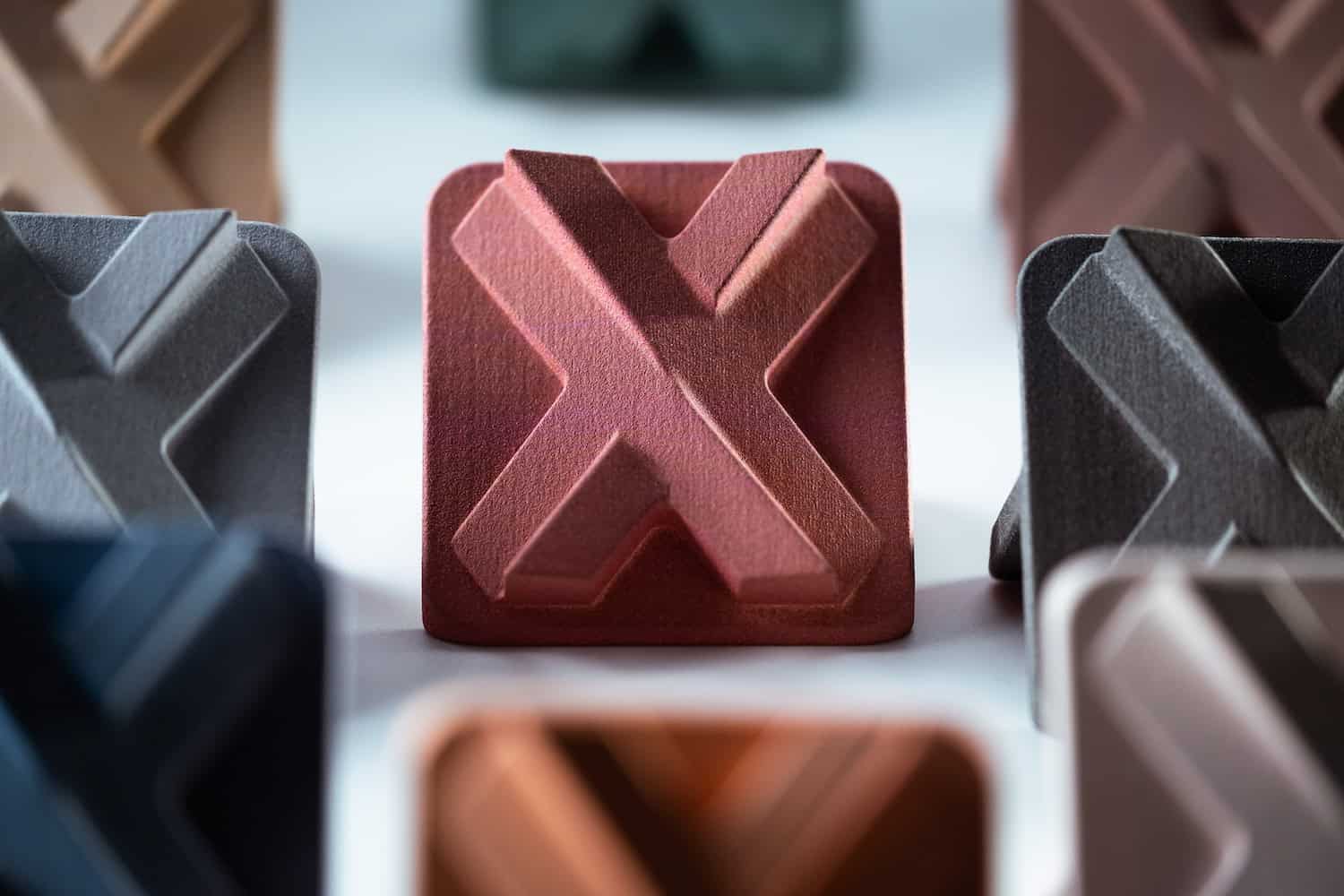
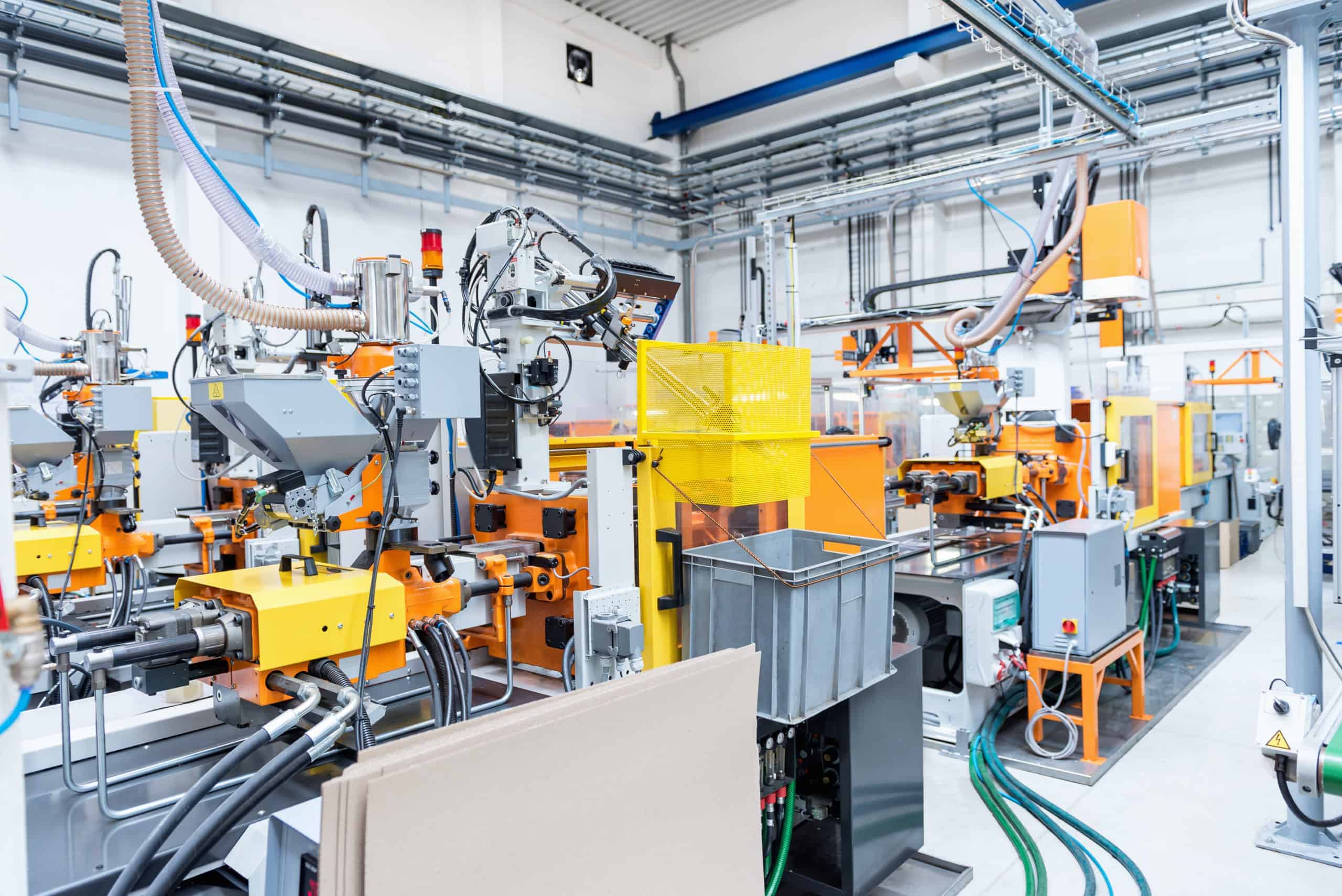
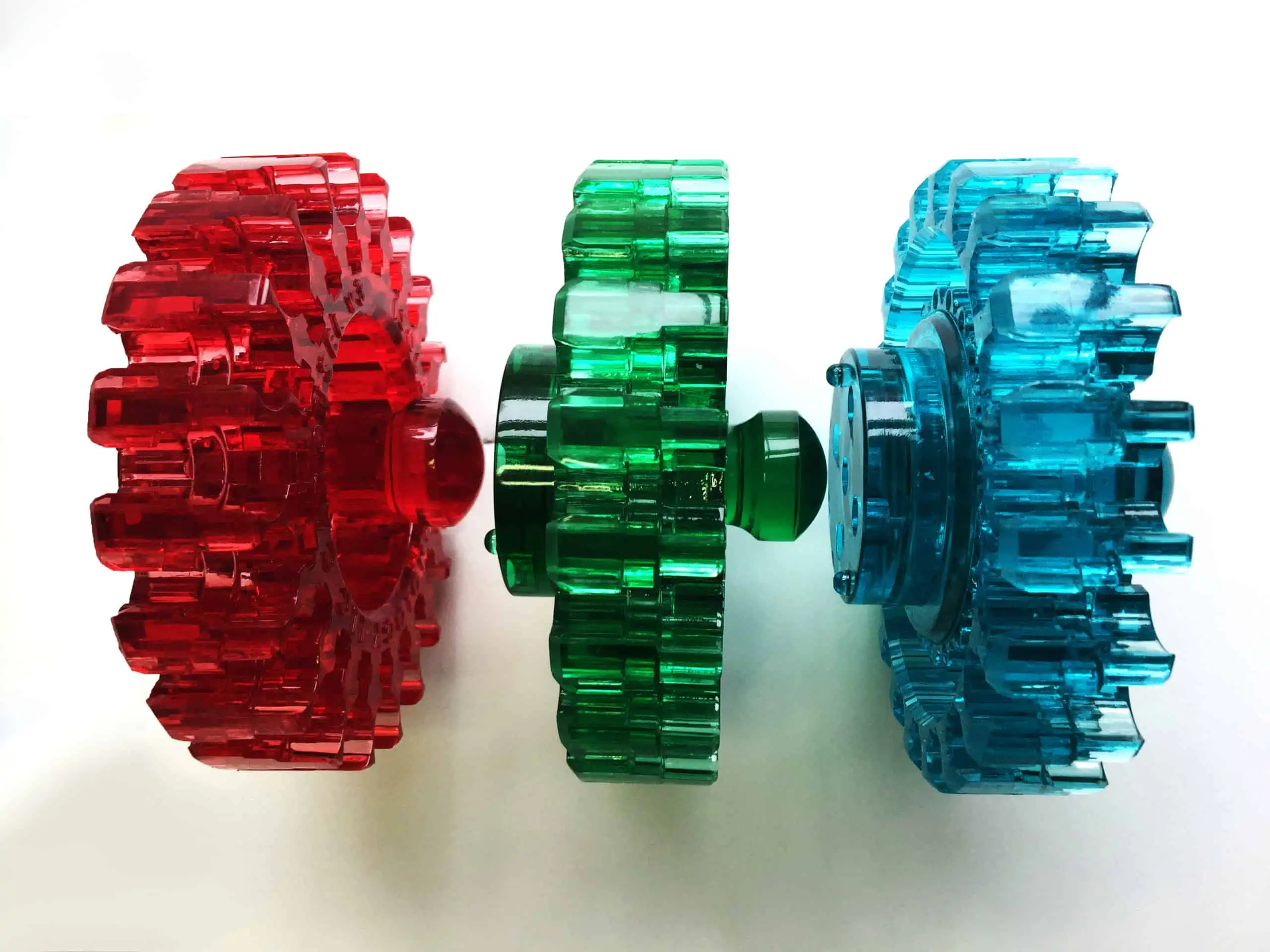
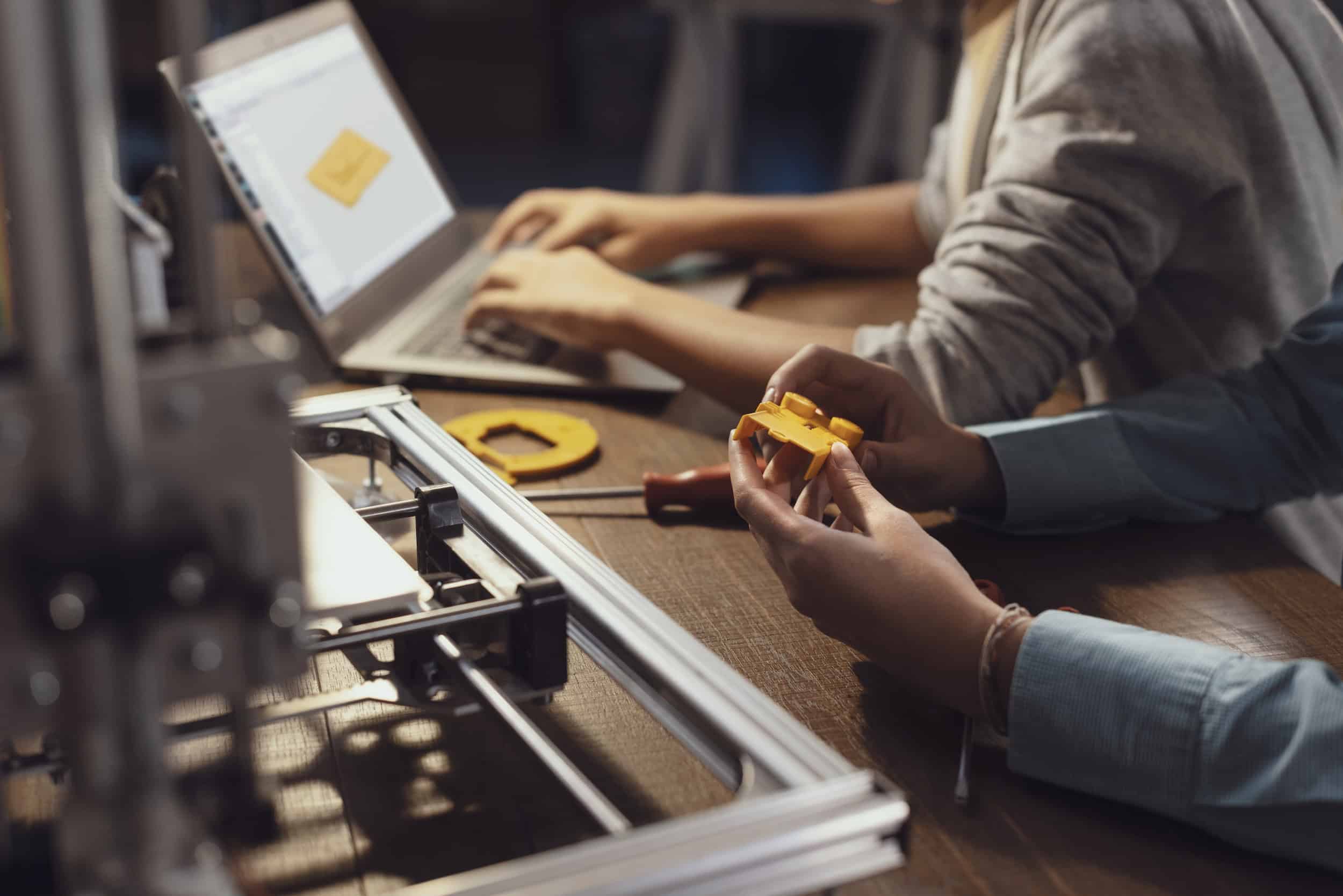
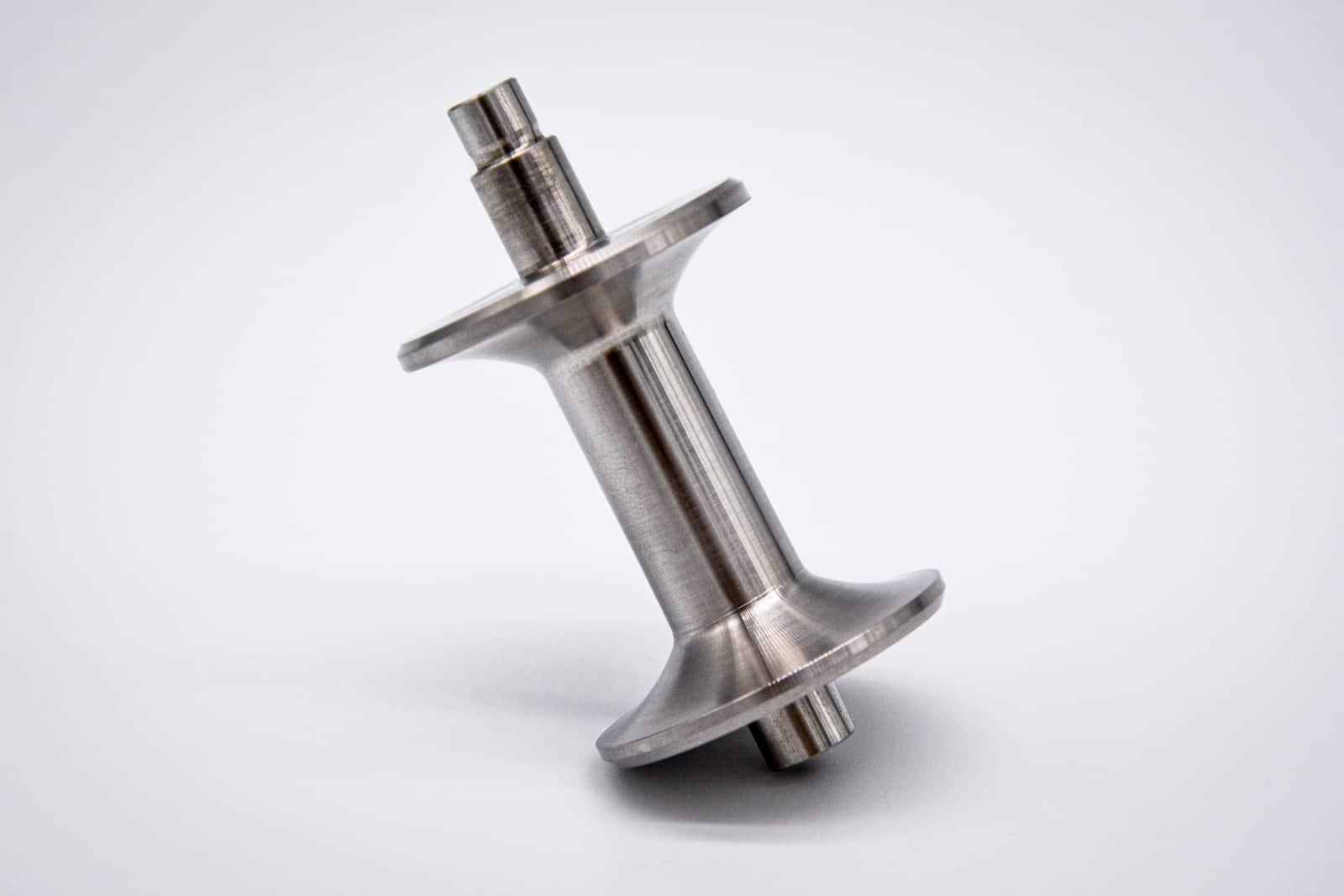


Comment(0)